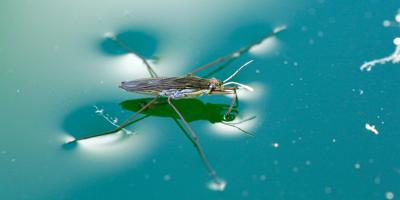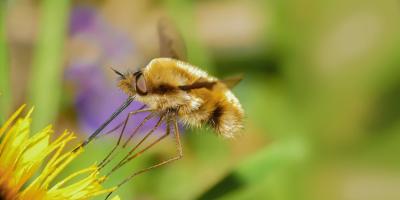Why Stink Bugs Invade Every Year (And What You Can Do About It)

You want to know what really stinks? Stink bugs invading your home -- and not just because of the namesake odor they emit when they feel threatened. Even though stink bugs are a relatively harmless pest -- they rarely bite humans and, when they do, the worst of it is usually a small rash -- walking into a room with dozens, hundreds or even thousands of them can be more than a little unsettling.
And that’s the problem with stink bugs. They stick together (and stink together) in great numbers.
So, why do stink bugs seem to always find their way into our homes? More to the point, what can you do about it? To answer that, we need to go back to the decade when stink bugs first arrived in the United States -- the 1990s.
A Stink Bug Story
The first stink bug was discovered in America in 1996, in Allentown, PA. It’s presumed that the species was accidentally introduced to the United States from either China or Japan, where it is native. Although they pose little risk for humans, stink bugs are an invasive species, responsible for destroying crops, which makes them a serious threat to the agriculture industry.
Away from their countries of origin and natural habitat, stink bugs are driven indoors in such great numbers by the shorter days and cooler temperatures that signal the coming of winter. But that’s only half of it. Once they’ve made a home in your house, they stage a slow-motion home invasion all winter long.
Believe it or not, the stink bugs you find in your home in the winter are actually in a sort of state of hibernation called diapause. That’s why their movements seem clumsy and almost zombie-like. They’re conserving energy.
Your Stink Bug Strategy
There are several ways to deal with a stink bug problem, as well as to prevent one from starting in the first place. Here are some steps you can take by yourself to keep stink bugs out of your home:
- Seal off entry points: This is just as true for stink bugs as it is for mice, moths and any other pest that might try to share the warmth of your house in the wintertime. Seal up any cracks, gaps, or openings that give wildlife access to the interior of your home.
- Check your screens: Replace or repair any screens with holes or frays. Stink bugs can squeeze through the smallest of gaps to get into your home.
- Turn off lights: Stink bugs are attracted to light, so the fewer outdoor lights you have on around your home, the less appealing your home will be to them.
- Reduce moisture: Stink bugs, like other pests, need water to survive. Get rid of puddles and check for leaky pipes and drains.
- Eliminate food sources: Store food in airtight containers and dispose of trash quickly and properly.
Stink bugs are pests that you need to control before they become a problem. Get ahead of them this year by asking about our Fall Invader Program, and remember: Once they’re in, they’re in!



